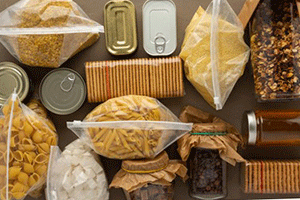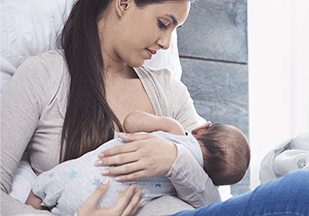Breastfeeding can be a deeply rewarding experience, but for new parents, it often comes with questions and uncertainties. One common concern is knowing when your baby is full. Recognizing the signs that your baby is satisfied can help ensure they are getting enough nutrition and help you feel more confident in your breastfeeding journey.
Other Topics You Might Like
Helpful Products You Might Like

Product Name

Product Name

Product Name
"(Paid Links)" 
Understanding Your Baby’s Cues
Babies communicate their needs and feelings through various cues and behaviors. By learning to recognize these, you can better understand when your baby is full and content.

Early Signs of Fullness
Slowing Down Suckling
As your baby becomes full, their suckling will naturally slow down. They may take longer pauses between sucks or appear more relaxed and sleepy.
Turning Away
A clear sign that your baby is full is when they turn their head away from the breast. They might also push the breast away with their hands.
Decreased Interest
If your baby starts looking around or showing interest in their surroundings rather than the breast, it’s likely they’ve had enough to eat.
Late Signs of Fullness
Falling Asleep

Many babies fall asleep at the breast when they are full. This is a strong indicator that they are satisfied and content.
Relaxed Hands and Body
A full baby will have relaxed, open hands and a calm, relaxed body. Tense or fisted hands are often a sign of hunger.
Releasing the Breast
When your baby voluntarily releases the breast and does not seem interested in continuing to feed, it’s a sign they are full.
Behavioral Changes Post-Feeding
After a feeding session, a full baby will generally exhibit certain behaviors that indicate they are satisfied.
Contentment
A full baby will be content and happy, often displaying smiles or relaxed expressions.
Burping
Some babies need to burp after feeding. Once they burp, they often seem more comfortable and relaxed.

Sleepiness
Full babies often become sleepy and may take a nap after feeding. This is particularly common in newborns.
Feeding Patterns and Schedules
Understanding your baby’s feeding patterns can also help you recognize when they are full. Babies often develop their own feeding routines, and observing these can provide insights into their fullness cues.
Cluster Feeding

During growth spurts, babies may engage in cluster feeding, where they feed more frequently over a short period. Even during these times, they will still display fullness cues when they’ve had enough.
Regular Intervals
Over time, you’ll notice a more regular feeding schedule. By tracking this, you can better anticipate when your baby is likely to be full and content.
Additional Tips for New Parents
Trust Your Instincts
Trusting your instincts as a parent is crucial. If your baby seems content and displays fullness cues, they are likely getting enough to eat.
Consult Healthcare Professionals
Regular check-ups with your pediatrician can provide reassurance and guidance. They can help you monitor your baby’s growth and ensure they are meeting their nutritional needs.
Stay Hydrated and Nourished
Maintaining your own hydration and nutrition is important for successful breastfeeding. A well-nourished mother is better able to provide for her baby.
Conclusion
Recognizing the signs that your baby is full after breastfeeding is key to ensuring they are well-nourished and content. By paying attention to their cues and behaviors, you can confidently support their feeding needs and foster a positive breastfeeding experience. Remember that each baby is unique, and with time, you will become more attuned to your baby’s individual signals and needs.
